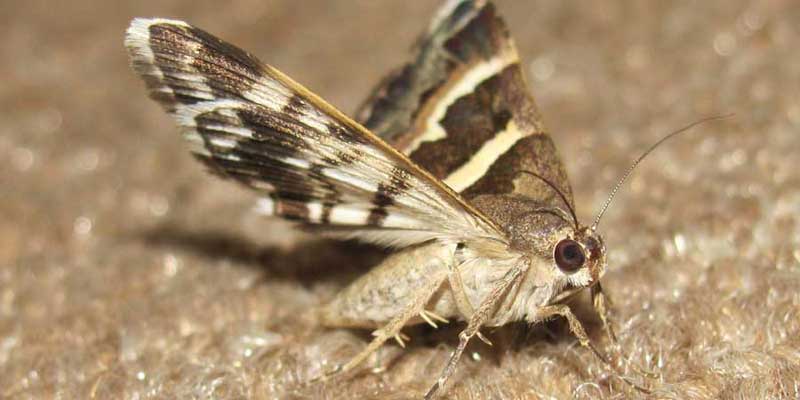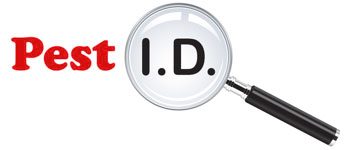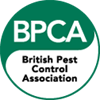
Moth Removal in Essex: Get Rid of Moths Fast
We Can Help You Get Rid of Moth Infestations
Moths are not usually associated with health risks but are a pest in homes and businesses, mainly because of the severe damage their larvae cause to clothes, fabrics, carpets, leather and furs.
This damage will continue for many weeks after moth larvae have hatched. By the time you notice the flying adult moths, serious harm may have already been done, so prevention of a moth problem is important. – or at the very least clamp down hard at the first signs.
Clothes moths and carpet moth treatments can be extremely complex. To achieve lasting results, professional control is required as many factors have to be considered prior to application.

How can Pest ID help
Using deterrents and repellents when already infested with moths or carpet beetles is pointless as it’s imperative that there is a zero count of insects before these will work effectively. Once we have identified the right species, using the correct treatment for your circumstances will eradicate the problem.
Treatments for clothes moths and carpet beetles vary according to what they are feeding on and the infestation rate. Fumigation, smoke generators and spraying using various insecticides are some of the tools in our armoury that we would consider.
As moth eggs are non-porous, knockdown insecticides will not work, so we require the use of residual insecticides to be applied in and around egg sites. This provides a layer of active insecticide able to eradicate any emerging larvae as they cross any treated surface.
If needed, this process is repeated to ensure we are able to attack the next generation, this will ensure that we eradicate larvae capable of turning into adults and then continue the breeding cycle. Treatments taking place during the winter and cooler months are staged slightly further apart as incubation periods are much slower.







